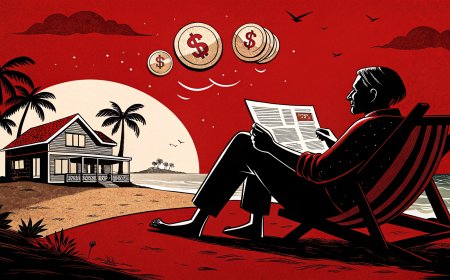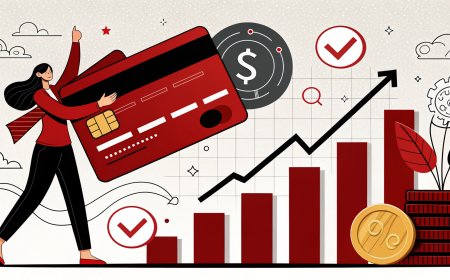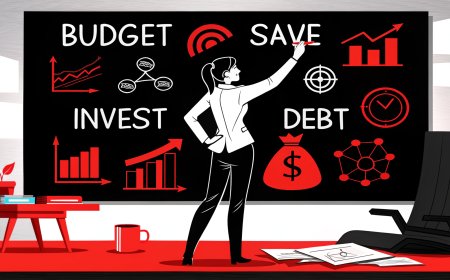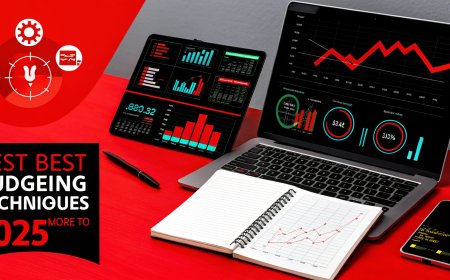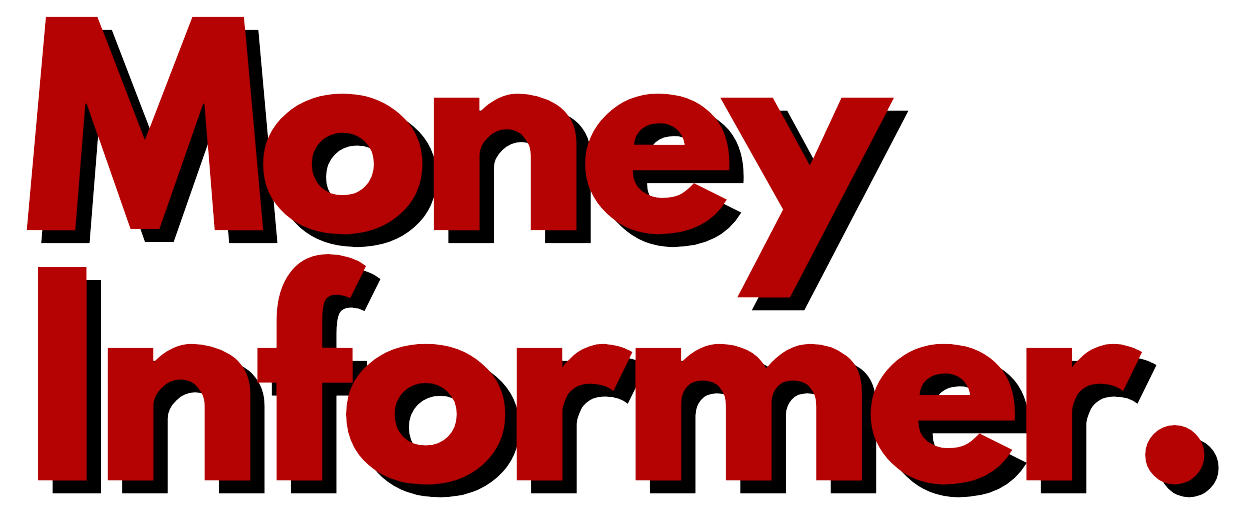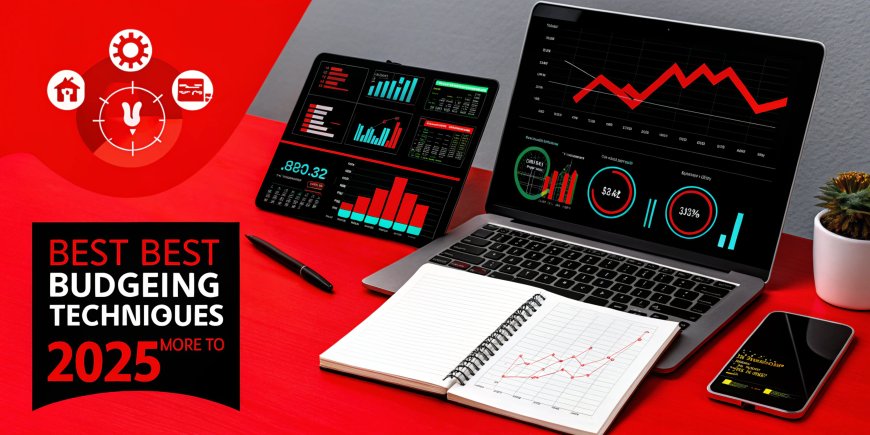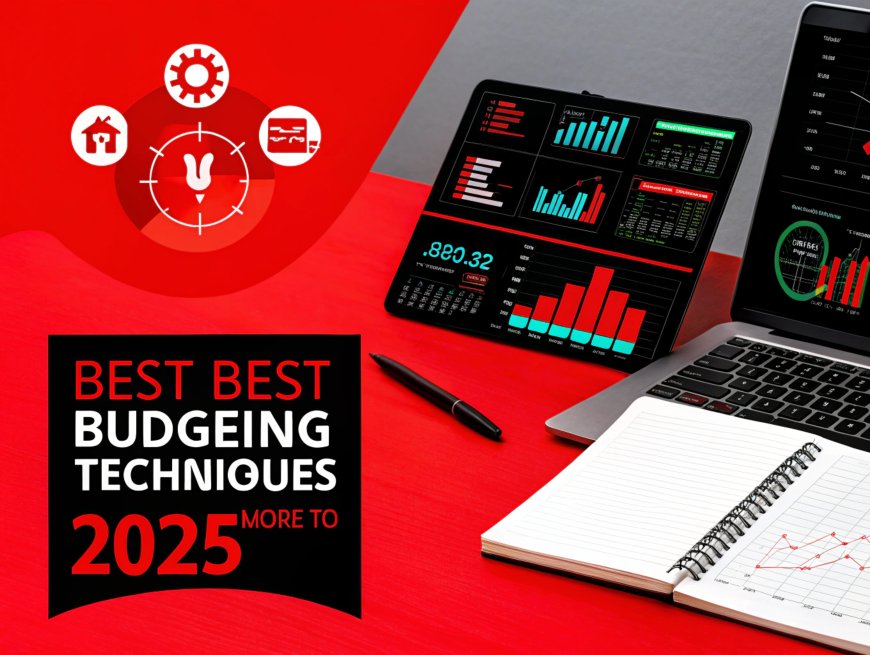Best Budgeting Techniques to Save More Money in 2025
Discover expert-approved budgeting techniques to manage expenses better.
Best Budgeting Techniques to Save More Money in 2025
Financial management produces important achievements which enable individuals to accomplish their future targets while achieving stability. Starting financial control requires budgeting because this practice tracks spending to prepare future savings. The implementation of strategic budgeting in 2025 will produce substantial changes to your financial position. Several budgeting techniques with financial security planning features are examined for cost reduction purposes in this suggestion.
Why Budgeting is Essential in 2025
Budgeting has become essential because inflation rises while economic conditions oscillate and living expenses keep increasing. Budgeting effectively must become a priority for 2025 because of these reasons.
- Better Financial Control: Using this system enables users to monitor their financial transactions for controllng unnecessary expenses.
- Increased Savings: Using this system enables users to monitor their financial transactions for controllng unnecessary expenses.
- Debt Reduction: The application helps users handle debts effectively to avoid taking unneeded loans.
- Wealth Building: The system demonstrates how to handle money responsibly for achieving sustainable financial outcomes.
- Financial Security: The plan serves as a precautionary measure for unplanned costs.
Top Budgeting Techniques to Save More Money
1. The 50/30/20 Budgeting Rule
You should divide your monthly income according to the 50/30/20 budgeting formula into the following three segments.
- 50% for Needs: You should divide your monthly income according to the 50/30/20 budgeting formula into the following three segments.
- 30% for Wants: People who file bankruptcy often need to cut costs of non-essential activities such as dining out and paying for entertainment services along with their subscriptions.
- 20% for Savings & Debt Repayment: The money goes towards establishing an emergency fund together with retirement savings while also bringing debt levels to zero.
The money goes towards establishing an emergency fund together with retirement savings while also bringing debt levels to zero.
2. Zero-Based Budgeting
Through Zero-based budgeting (ZBB) you need to distribute each dollar of your income to designated purposes which results in zero difference between your income and expenses. This approach helps:
- Prevent unnecessary spending.
- Each dollar within the organization must have meaningful use.
- Develop better discipline regarding finances while increasing savings habits.
When you adopt ZBB you need to compile a full list containing all your income streams and outgoings and make changes to your spending to track every dollar.
3. Envelope System
You can use envelope budgeting as a cash-based system to split your budget between several categories using separate envelopes. Different categories of money receive their own envelopes in this budget technique. Envelopes containing cash reach their spending limit after depletion making it impossible to use them again unless you start the budget period anew.
Benefits:
- The program supports responsible money use through its guidelines.
- This measure controls unnecessary expenditures on unneeded items.
- Tracking of spending behavior achieves greater effectiveness through the implementation of this system.
4. Automated Savings Plan
The setup of automated fund transfers into savings accounts allows you to save money across each month without the possibility of using the funds. You can:
- Have your savings account receive regular transfers from your primary checking account on every paycheck day.
- Users can utilize automatic round-up savings apps which use small purchase amounts to round up to the next dollar before transferring this money to a savings account.
- Use retirement funds to develop wealth that extends across numerous years.
5. Expense Tracking Apps
Budgeting together with expense tracking becomes simpler when people use personal finance applications. The budget management software Mint together with YNAB (You Need A Budget) and PocketGuard provide users with multiple useful features.
- Categorize expenses.
- Set financial goals.
- Send alerts for overspending.
The available applications reveal financial behavior patterns while showing potential locations where spending reductions can occur.
6. Reverse Budgeting (Pay Yourself First)
Before covering costs in a budget you need to place savings at the front of the priority list. You should save funds before allocating them to your expenses in contrast to typical budget practices.
- Set aside a specific portion of your earnings before making any other financial decisions.
- The sum left over should go towards important and discretionary purchases.
Users can achieve consistent savings through this method for financial target completion.
7. Grocery Budgeting and Meal Planning
Food operates as one of the largest expense categories in domestic budgets. Budgeting and planning meals represents a key method to slash grocery expenses thus generating significant savings.
Tips:
- Create a weekly meal plan.
- Create a shopping list ahead of time to prevent unneeded impulses while shopping.
- Buy in bulk for staple items.
- The opportunity to use discounts and obtain cashback benefits presents itself.
8. Cutting Unnecessary Subscriptions
The total cost of subscription services accumulates rapidly. You should review all regular subscription plans (including streaming services, gym memberships and magazine subscriptions) and terminate those which you infrequently utilize.
How to reduce subscription costs:
- Provide streaming account access to your relatives.
- Whenever feasible opt for solutions that are provided without charge.
- Service providers should accept reduced payment rates.
9. Side Hustle and Extra Income Allocation
Side jobs together with freelance work provide you with boosted income to establish financial stability. Allocate extra earnings strategically:
- Investments and savings will obtain 50 percent of the funding available.
- 30% to paying off debt.
- 20% of our monthly income serves as income for personal use.
People who want side work commonly choose between freelancing and selling products online as well as tutoring and part-time employment.
10. Seasonal and Bulk Purchases
Purchasing products in bulk together with taking advantage of seasonal discounts helps reduce expenses. You should monitor holiday specials and clearance item availability and end-of-season discounts to buy essential items at their lowest possible prices.
How to Stick to Your Budget Successfully
- Set Clear Financial Goals – Make yourself more motivated by establishing goals both for immediate time frames and longer durations.
- Review Your Budget Monthly – Accommodate changes that occur in revenue and expense levels.
- Avoid Lifestyle Inflation – Individuals should save more money instead of expending more during income increases.
- Use Cash for Discretionary Spending – The system enables companies to reduce expenses that result from unnecessary spending.
- Build an Emergency Fund – Create a separated bank account which holds three to six months of your expected costs.
Final Thoughts
Using a budget provides individuals with the essential tool to obtain complete financial independence. These budgeting techniques when implemented in 2025 will help manage costs effectively and accelerate saving goals and achieve financial objectives. The key elements for success involve maintaining discipline while using the 50/30/20 rule and automation or application-based expense tracking.
Start today and take control of your financial future!
What's Your Reaction?











